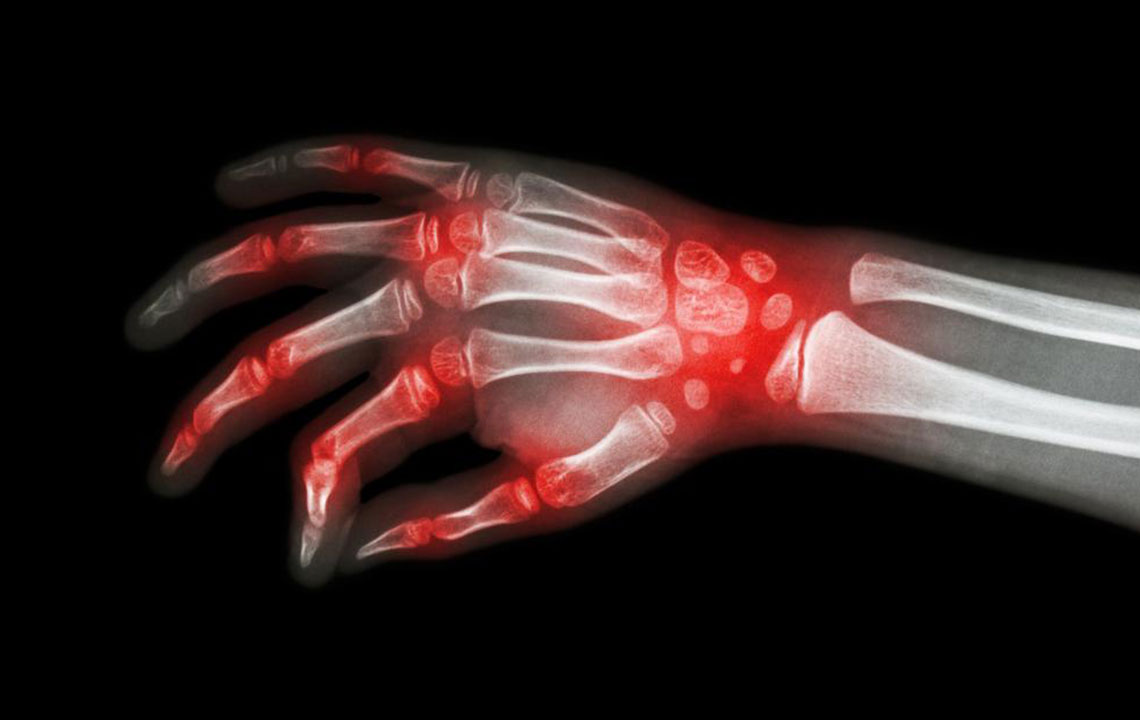Early Detection of Lupus Symptoms Can Help in Diagnosis
Experiencing sudden swelling or inflammation in your joints? Is the painfulness is accompanied by fatigue or gastrointestinal problems? Well, then it can be a symptom of lupus. An autoimmune disease, lupus can show different signs and symptoms in patients. Other than a few exceptional cases, the symptoms are usually mild and often get neglected. Detecting lupus is quite easy as the symptoms of lupus are extremely bothering in the initial stages and fade with time.

Low-grade fever
This is one of the earliest symptoms of lupus and often gets neglected as a sign of a common cold. However, unlike the symptoms of common cold, fever associated with lupus always remains low-grade and has no visible cause associated with it. In most of the cases, fever recurs at intervals, and the maximum temperature for lupus fever is 38.3 degree Celsius or 101 Fahrenheit. Therefore, if you get a recurrent fever, you need to consult a doctor.
Fatigue
Feeling tired for no particular reason or frequent fatigue symptoms can also be an indication of lupus. People with lupus mostly sleep too much in the daytime and gets insomniac at night. Afternoon nap, once in a while should not be considered as an indication of lupus.
Lesions or rashes
If fatigue and fever are associated with rashes on your cheeks and nose bridge, it is high time to consult a doctor. Almost all patients with lupus get butterfly rashes on cheeks and nose. As the rashes get aggravated after sunlight exposure, many people mistake it as a heat rash. Though face is commonly affected by lupus, rashes can be seen in other areas of the body as well. Apart from rashes, some people may also experience discoloration in toes and fingers.
Hair fall
Pollution, hard water, and several other factors often increase hair fall in people. However, you should always try and find the actual reason for your hair loss, as this is often caused by lupus. Hair fall associated with lupus starts with thinning of the hairline and gradually you get inflammation of the scalp. Many patients, especially women, complain of losing hair in clumps. Losing body hair, beards and mustaches are also common in people affected by lupus. In case of body hair, inflammations can be seen on the skin. Though the growth of new hair is possible after treatment, most of the people get permanent lesions in the affected area.
Dryness of eyes and mouth
Dry mouth and dry eyes are also among the common indications of lupus. Dryness is generally caused due to Sjogren’s disease, which leads to the malfunctioning of saliva producing glands in the body. While dryness of eyes and mouth are experienced by both men and women, some women may also get dryness in their vaginal area.
Joint Pain
Stiffness, swelling, and pain are also some of the symptoms indicating the onset of lupus. In most of the cases, pain or swelling associated with lupus is mild in the initial stage and aggravates with each passing day. The pain is not continuous. It comes and goes occasionally. Though the pain can be controlled by taking over-the-counter medicines, it is always better to consult a doctor and seek a complete diagnosis.
Pulmonary disorders
If the early symptoms of lupus go unnoticed, it can affect the major organs of the body as well. Many people complain of getting lungs inflammation or blood vessel swelling as a sign of lupus. In some severe cases, patients may also experience a severe problem of their diaphragm. Therefore, if you experience breathing difficulties or chest pain, you should consult the doctor at once. If ignored in the initial stages, it may affect the lung size adversely or weaken the diaphragm muscles.
Kidney disorder
Nephritis or kidney inflammation is also reported by patients affected by lupus. Kidneys are affected only when lupus remains untreated for years. Kidney inflammation can become a serious concern as it hampers kidney’s ability to treat the waste or toxic elements in the body.
Thyroid disorder
Majority of people diagnosed with lupus get thyroid complications, which in turn affect the metabolism rate of the body. In some rare cases, thyroid disorder caused due to lupus affect vital body organs like liver, kidney, heart, and brain. Some people also gain excess weight while other become underweight due to thyroid malfunctioning. Hair loss, dryness of hair, skin as well as mood fluctuation is also experienced by many.
Gastrointestinal disorder
Acid reflux, heartburn, and several other gastrointestinal complications are common in patients with lupus. Regulating meals, avoiding caffeine or alcoholic beverage and taking over-the-counter antacids can help in checking the condition.
Symptoms of lupus may vary from one to other. Therefore, consulting a doctor is always recommended for better treatment.




